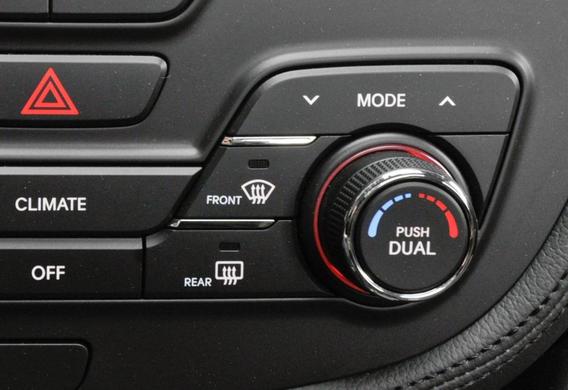
The rain, the snowstorm, the fog, and the consequence of this, the staining of the glass and the invisibility of the movement-all this is well known to our motorists. The glass heating system solves this problem. Of course, it is possible to do without it and to fire the glass with the help of the stove-however, first, it takes a long time, and secondly, due to the sharp drop of temperature on the glass, there may be cracks.
The electronic system for heating the glass is used to prevent the moisture from evaporating from the surface of the window and the snow and snow melt and do not hinder the review. Most commonly, the glazing is found in the rear window of the car, but the heating systems of the windshield are now very common.
History
For the first time in the 2000s, they started to be installed on Ford Motor vehicles. There are also such domestic products. However, it appeared much later: in 2007, the "Bor glass factory", together with Technopolis, started the development of glass with electric heating, and in 2009 mass production started.
There are several ways to apply the electrically-conductive grid onto the glass. The first one, and the most common, is the silver-grader method, where silver paste is used. There is also a more expensive and progressive method-the glass is coated with a solid layer that can reflect ultraviolet rays from the outside and do not allow the infrared radiation from the passenger compartment. Thus, winter heat is protected in the interior of the car, and in the summer the glass does not miss the extra heat.
Device and operating principles
A heated window is presented by a glass that has a special film made of polyvinyl with the highest antichrome threads. These threads do not surpass the thickness of the human hair, and it is almost impossible to see them in the eye-it does not affect the visibility. When the heating is turned on, this thread starts to pass the current-glass is heated rapidly.
There are differences between foreign and domestic systems. Russian glass with electro heating generally has two heating zones-on the driver's side and on the passenger's side, they are called "A circuit" and "contour B". The first heating of the "A circuit" is the cleaning of the glass in front of the driver. Experience shows that the Russian system is able to fire the glass at -15 degrees Celsius in 5 minutes. Then the "B circuit" comes into play, and the passenger part of the window is heated. Five more minutes, and the glass is fully heated.
In this case, the button on the panel that activates the glass heating system can force the switch A circuit to "Contour B"-for example, in a situation where a driver's license took less than 5 minutes to heat up the driver's side.









